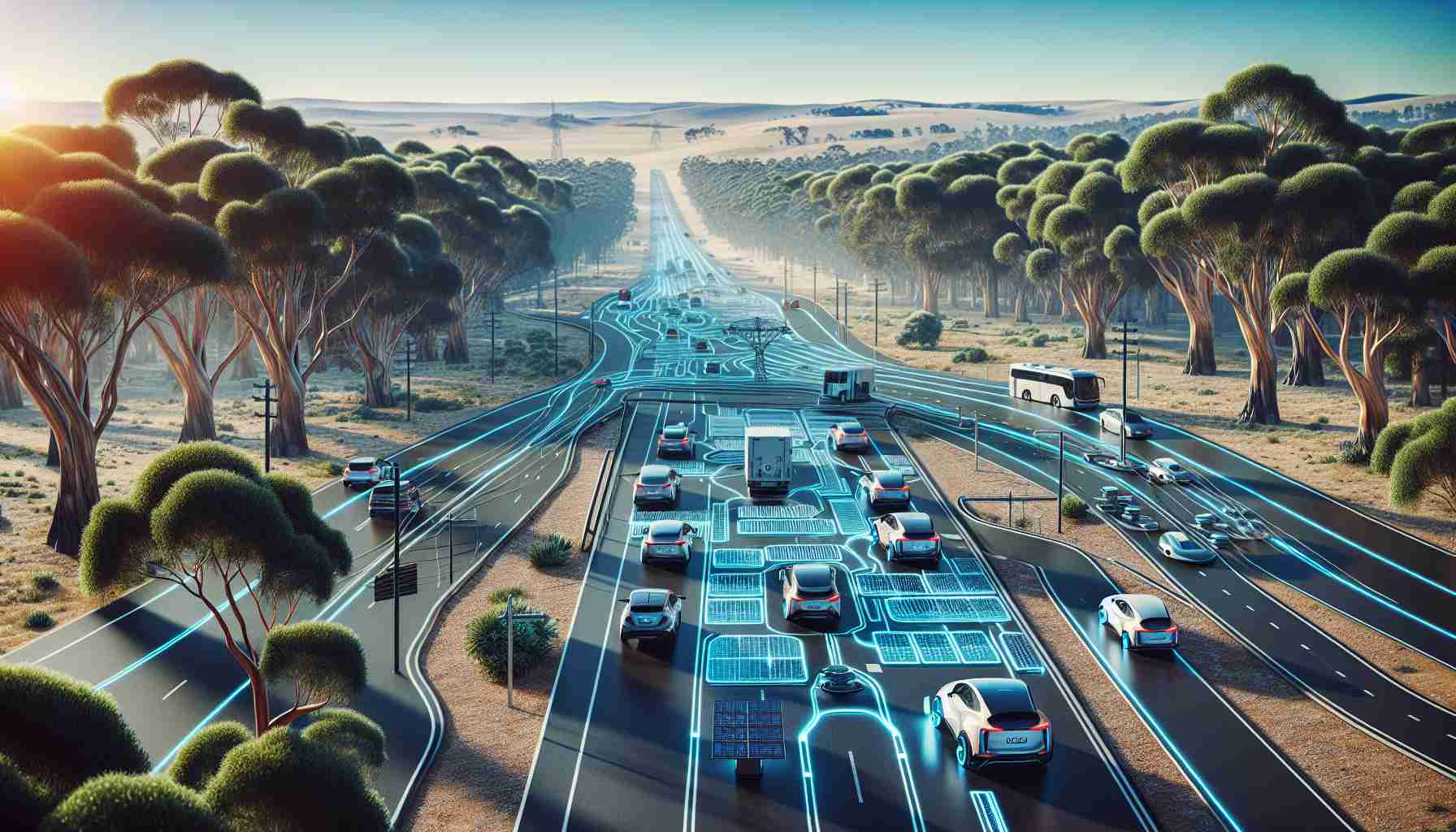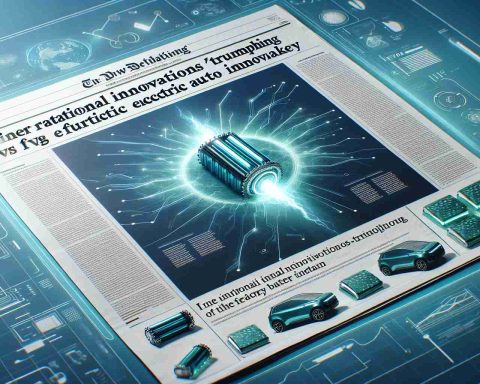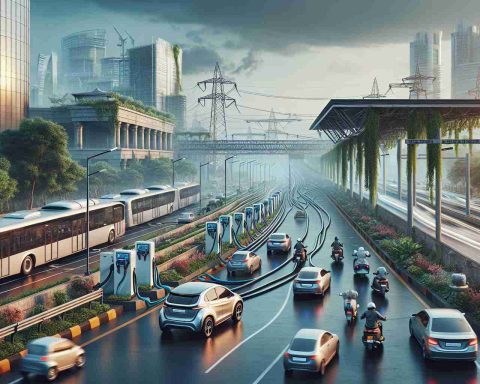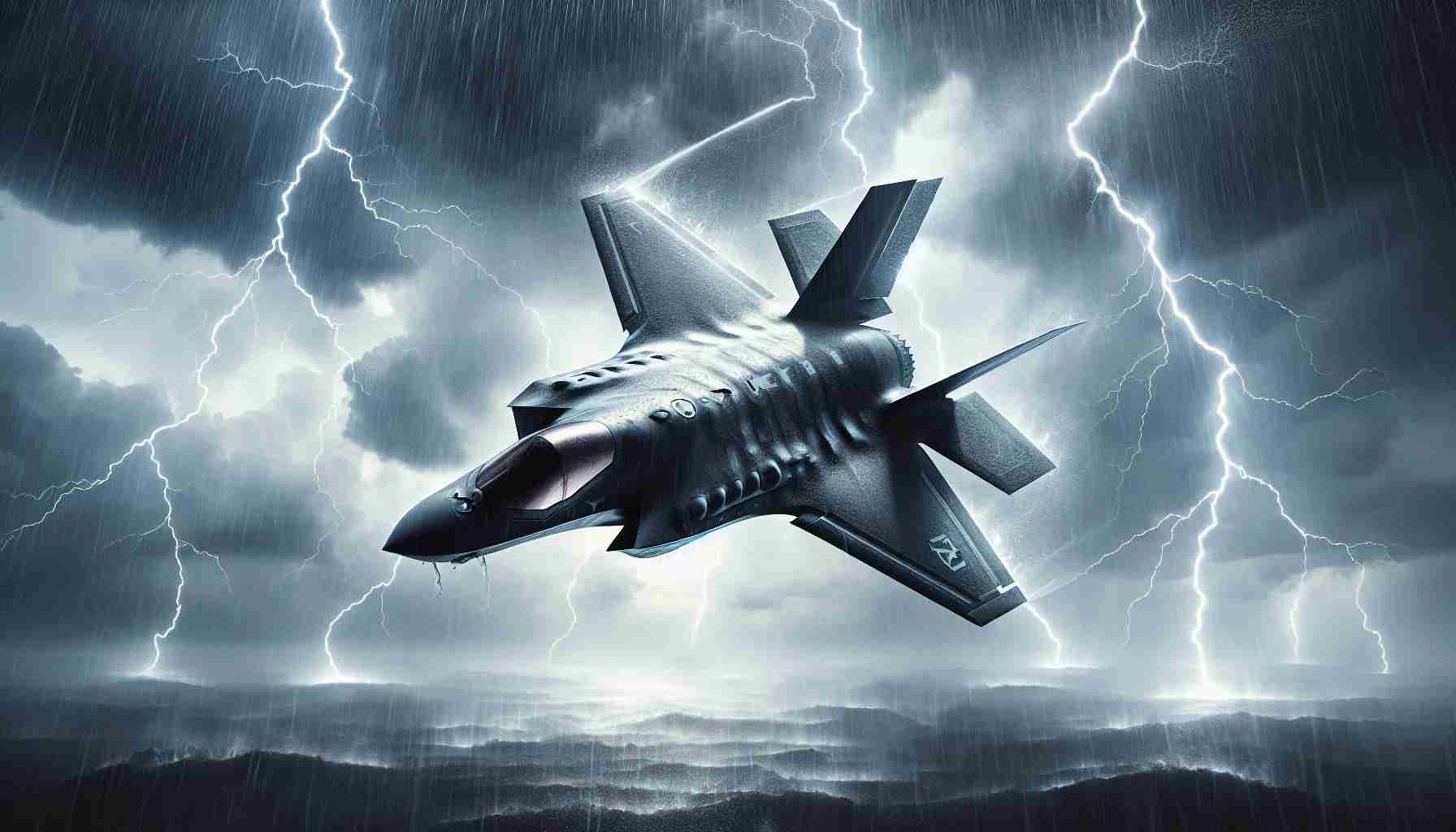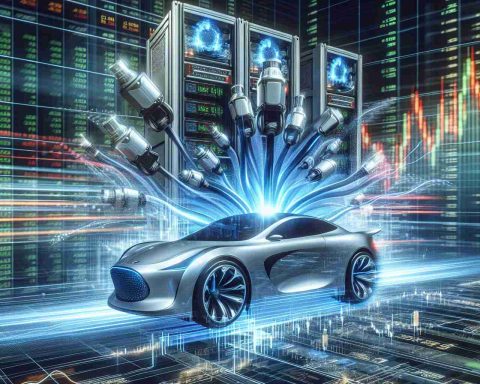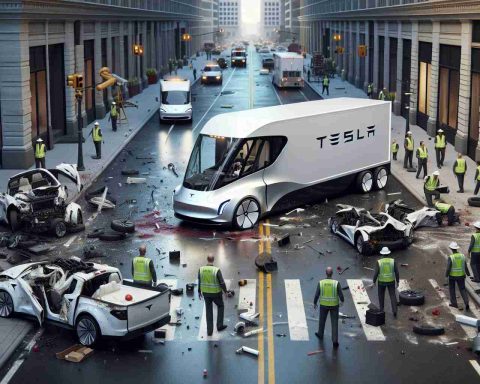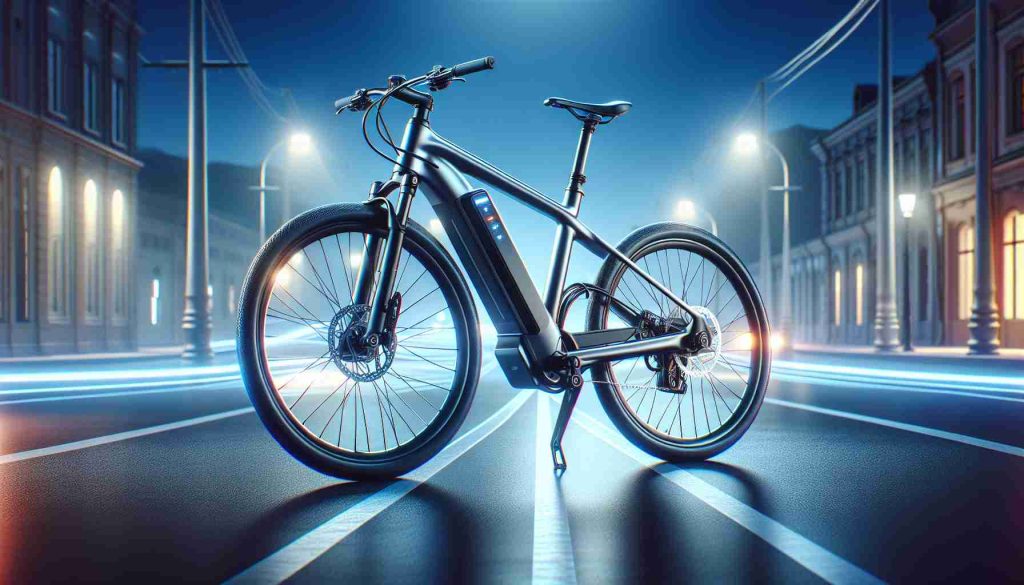- Bidirectional EV charging can transform Australia’s energy dynamics by allowing vehicles to both consume and supply energy.
- This technology could stabilize electricity grids, power homes, and cut costs by reducing electricity bills and peak demand pressure.
- Small-scale trials indicate its potential for nationwide implementation as a form of flexible energy storage.
- By 2030, with 1.5 million EVs on the road, vehicle-to-grid technology could meet a significant portion of Australia’s electricity storage needs and save Australians up to $5 billion.
- The initiative represents a technological and economic leap toward reduced emissions and a resilient energy future for Australia.
Picture this: highways buzzing with electric giants, not just moving people, but powering homes and stabilizing electricity grids. The vision, unveiled by the Australian Renewable Energy Agency (ARENA) and RACE for 2030, paints a future where bidirectional electric vehicle (EV) charging transforms energy dynamics in Australia.
This groundbreaking technology, where EVs function as both energy consumers and suppliers, has the potential to dramatically alter the electricity landscape. Imagine your car parked outside, seamlessly directing excess power back into the grid or providing backup energy to your home during outages. This innovation isn’t just a fantasy; small-scale trials have already paved the way for its potential implementation nationwide.
The roadmap outlines how bidirectional charging could emerge as a key player in flexible energy storage. The benefits extend far beyond simple convenience—reduced electricity bills for families, enhanced grid stability during peak demand, and a giant leap towards emission reduction.
Looking ahead, this could become a pivotal moment in energy history. By 2030, Australia’s roads might host 1.5 million EVs, with even a fraction adopting vehicle-to-grid technology and meeting over a third of the National Electricity Market’s storage needs. This shift not only represents a technological revolution but a significant economic opportunity—saving Australians up to $5 billion by alleviating the need for large-scale battery investments.
This roadmap doesn’t just chart a course for electric vehicles; it sketches a blueprint for a resilient, sustainable energy future. As the world turns its wheels toward a cleaner tomorrow, Australia stands on the brink of a new era, driven by innovation and the hum of electric engines.
Have EVs Become the Heroes of the Future Energy Grid?
Features of Bidirectional Charging
Bidirectional charging, or vehicle-to-grid (V2G) technology, allows electric vehicles (EVs) to not only draw power from the grid but also supply power back to it. Here’s a deeper dive into its features:
– Energy Flow Control: Allows precise management of energy flow between the vehicle and the grid.
– Grid Support: Provides ancillary services like frequency regulation and peak shaving.
– Energy Independence: Enables households to use stored energy in EVs during outages or in off-grid scenarios.
Use Cases and Applications
Bidirectional EV charging can be utilized in multiple scenarios:
– Residential Use: Homes can stabilize energy usage and reduce bills by drawing power from EVs during peak hours.
– Commercial Fleets: Companies can manage fleet energy consumption efficiently and earn by providing grid services.
– Public Charging Stations: Can serve as energy hubs, balancing local grid demands.
Pros and Cons
# Pros
– Cost Savings: Reduces electricity costs and dependence on conventional energy sources.
– Grid Stability: Enhances grid reliability and reduces the need for external storage solutions.
– Environmental Impact: Contributes to emission reduction by maximizing the use of renewable energy stored in EVs.
# Cons
– Infrastructure Needs: Requires substantial investments in charging infrastructure and grid upgrades.
– Battery Degradation: Frequent cycling can potentially reduce the lifespan of EV batteries.
– Regulatory Challenges: Existing regulations may need revisions to accommodate this technology.
Market Forecasts and Trends
By 2030, it’s anticipated that EVs integrating V2G technologies could meet over one-third of Australia’s National Electricity Market’s storage needs. This could lead to:
– Increased EV Adoption: A surge in adoption rates, driven by economic incentives and lower operational costs.
– Innovation Surge: Technological advancements in battery and charging technologies are expected to accelerate.
– Policy Evolution: Governments may introduce policies favoring V2G integration to fast-track energy transitions.
Limitations and Challenges
– Technical Expertise: Requires advanced technological knowledge for implementation and maintenance.
– Market Acceptance: Widespread acceptance may be slow due to information gaps and consumer resistance.
Pricing and Economic Outlook
The cost-benefit analysis suggests potential savings of up to $5 billion in Australia by reducing large-scale battery investments. This presents:
– Investment Opportunities: Potential for investors in the technology and related infrastructure.
– Incentive Programs: Possibility of government subsidies or tax credits to encourage adoption.
Security and Compatibility Concerns
– Cybersecurity Risks: Integration with the energy grid raises concerns about data security and privacy.
– Interoperability: Ensuring compatibility across different electric vehicle models and grid infrastructures is critical.
Future Outlook and Predictions
The role of EVs in energy storage and grid stabilization is accelerating, with promising projections by 2030 of massive integrative capacity within national grids. This aligns with global sustainability goals and the pursuit of carbon neutrality.
Related Links for Further Exploration
– ARENA
– RACE for 2030
By harnessing the power of bidirectional charging, we are looking at a future reshaped by sustainable energy innovations. Can EVs truly become the lynchpin of this evolving landscape? Only time will tell, but the evidence is promising.
